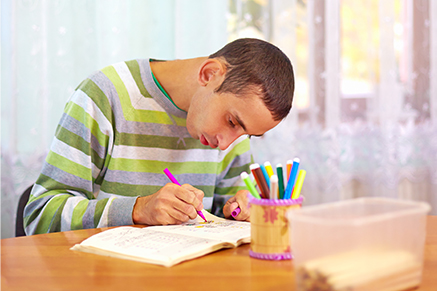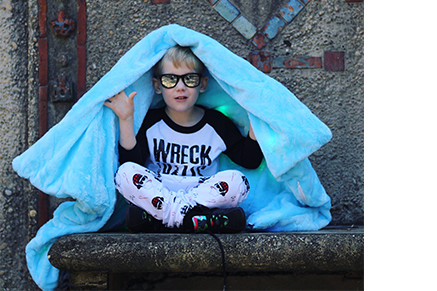What Is Object Attachment?
Object attachment is when someone is emotionally attached to an inanimate object. Most children display some form of attachment to a certain blanket, doll, or clothing item as they grow and develop. The item in question usually provides a sense of comfort and security in that it is familiar and belongs to the child.
These objects are often referred to as transitional objects. Many psychologists believe that they help children become more independent, and treat them as part of a healthy development. However, holding on to these transitional objects for “too long” is not seen as socially acceptable behavior. Society expects that as you get older you will automatically outgrow these comfort items. But should that be the case? Within the autism community, it’s usually not.
Autism and Attachment to Inanimate Objects
You might be familiar with security blankets or a favorite stuffed animal that’s taken everywhere. The object attachment is usually sentimental. Kids with autism might be attached to something like a specific pen or a t-shirt, regardless of possible sentimental or even financial value. Furthermore, the attachment typically persists longer than what is deemed ‘socially acceptable.
Many teens and adults with autism have reported that they only wear one specific shirt or use a certain pen, so they own multiples of it to avoid being without it. Some companies have produced a run of a discontinued item when contacted by the parents of an autistic child who only used that specific item.
Recognize the Means of Self-Regulation
A key piece of transitional objects that is often overlooked is the role they play in aiding self-regulation. A child with autism might glean comfort from a certain inanimate object, which helps them cope with the constant changes and potentially overwhelming situations in the world at large. Having that familiar item present can prevent a meltdown that would typically be caused by a triggering environment or situation. This can enable the child to participate in class activities, a trip to an unfamiliar place, or a change in routine. Rather than judging someone for being attached to a specific item past childhood, it’s important that we recognize the coping mechanism it represents.
Meet our collection of weighted friends to bring comfort to your child.
Do you have an object that is special/comforting to you? We would love to hear about your experience with object attachment in the comments!




















Comments